The Role of Yoga in Anxiety Reduction
Today’s chosen theme is The Role of Yoga in Anxiety Reduction. Welcome to a calm corner of the internet where breath, movement, and mindful presence meet evidence and real-life stories. Settle in, share your breath with us, and subscribe for weekly practices that nurture steadier nerves and a kinder inner voice.
How Yoga Calms the Nervous System
Slow, diaphragmatic breathing and gentle sequencing nudge the body toward a parasympathetic state, easing cortisol spikes and softening fight-or-flight edges. This shift helps thoughts feel less urgent, making room for clearer choices rather than reflexive worry. Try noticing your exhale length and tell us how your body responds.
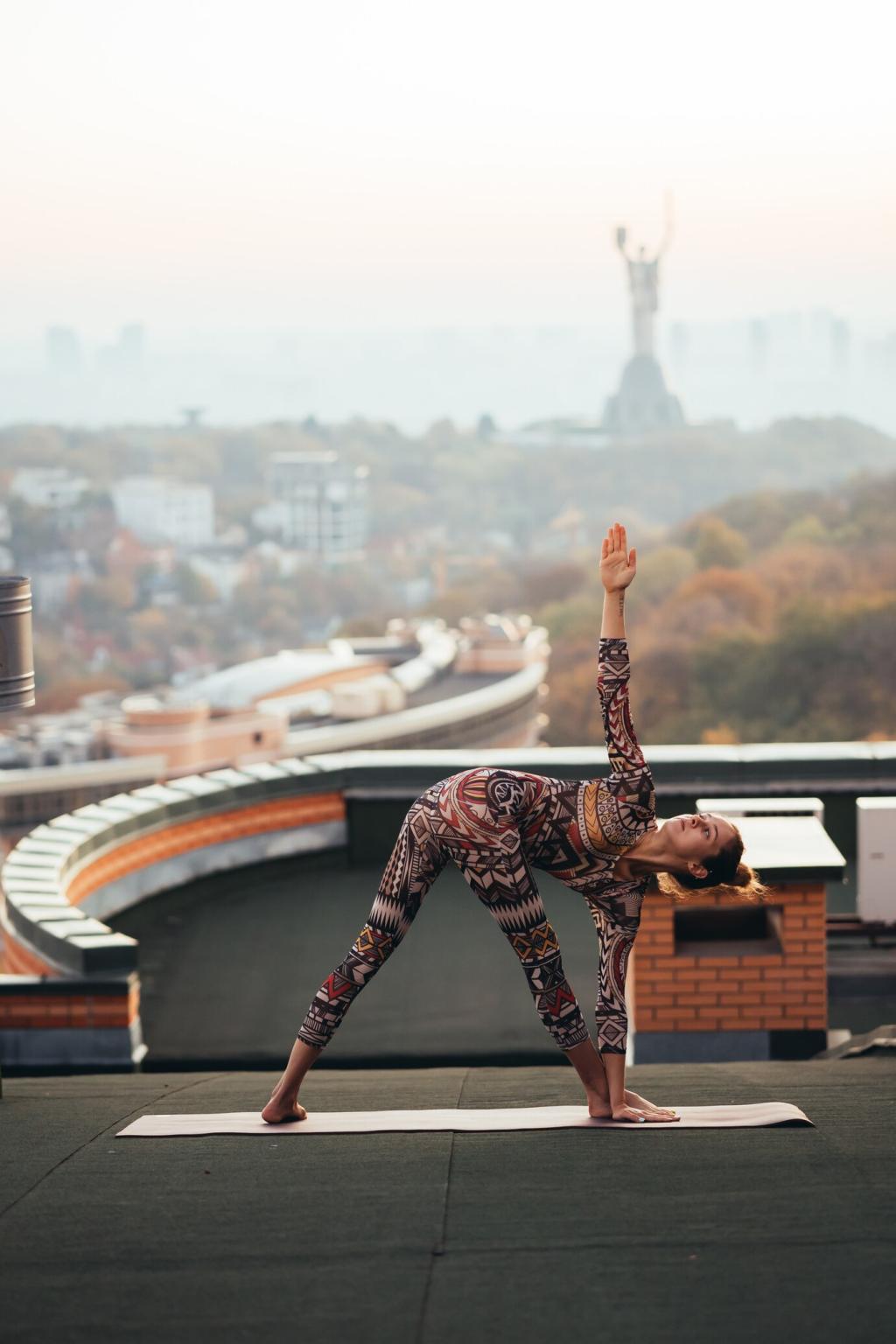
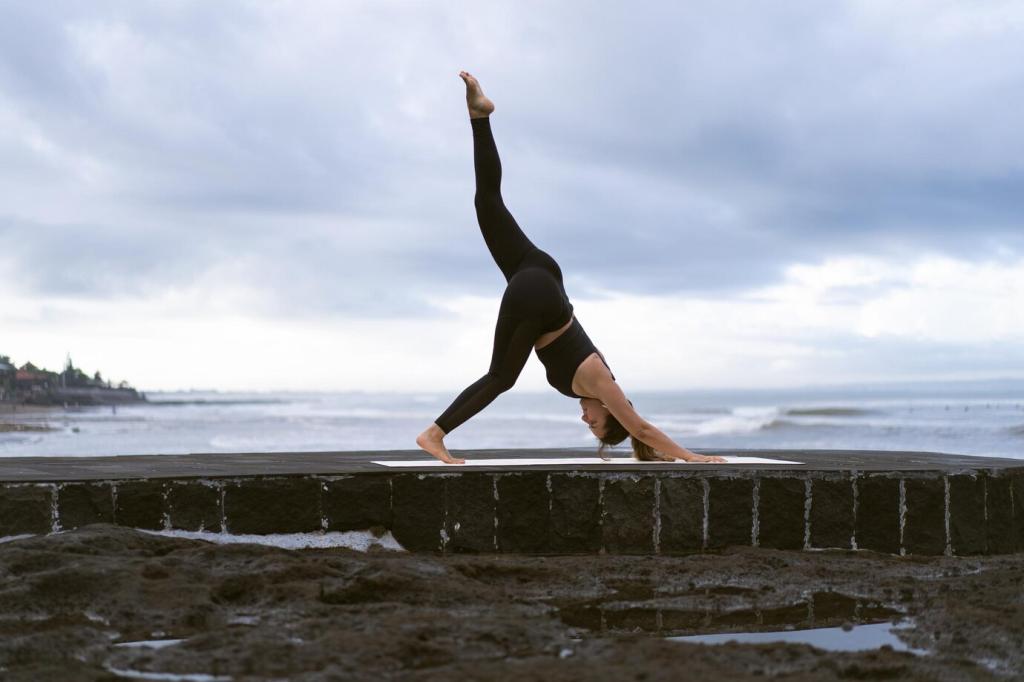
How Yoga Calms the Nervous System
Several studies suggest yoga can increase GABA, a calming neurotransmitter that helps quiet overactive brain circuits linked to anxiety. Paired with mindful attention to sensations, the practice reduces rumination and improves cognitive flexibility. Share whether focused attention on breath changes your inner dialogue during stressful tasks.
Breathwork That Quiets Racing Thoughts
Try a four-in, six-out rhythm for two to five minutes. Longer exhales stimulate the vagus nerve and tell your system it is safe enough to soften. Notice subtle shifts: jaw easing, shoulders lowering, thoughts decelerating. Comment with your preferred ratio so we can build a shared library of calming patterns.
Breathwork That Quiets Racing Thoughts
Nadi shodhana helps balance attention and can settle mental static. Gently close one nostril, inhale through the other, switch, and exhale. Repeat with patience and a soft face. Many people report clarity after three rounds. Try it before meetings and share your experience to help others refine their pre-event routine.
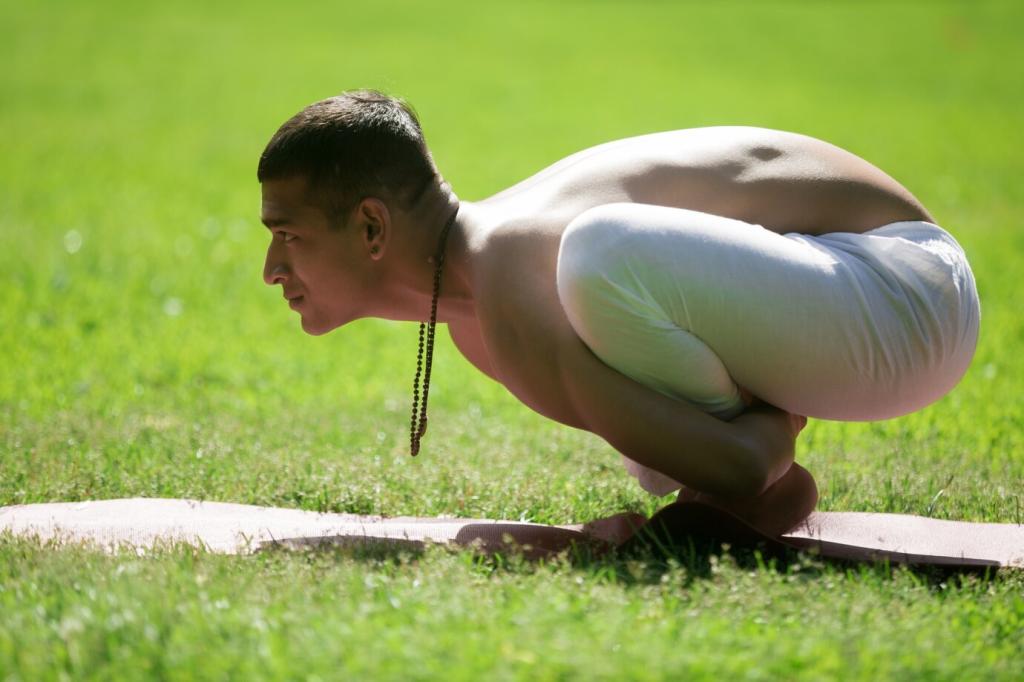
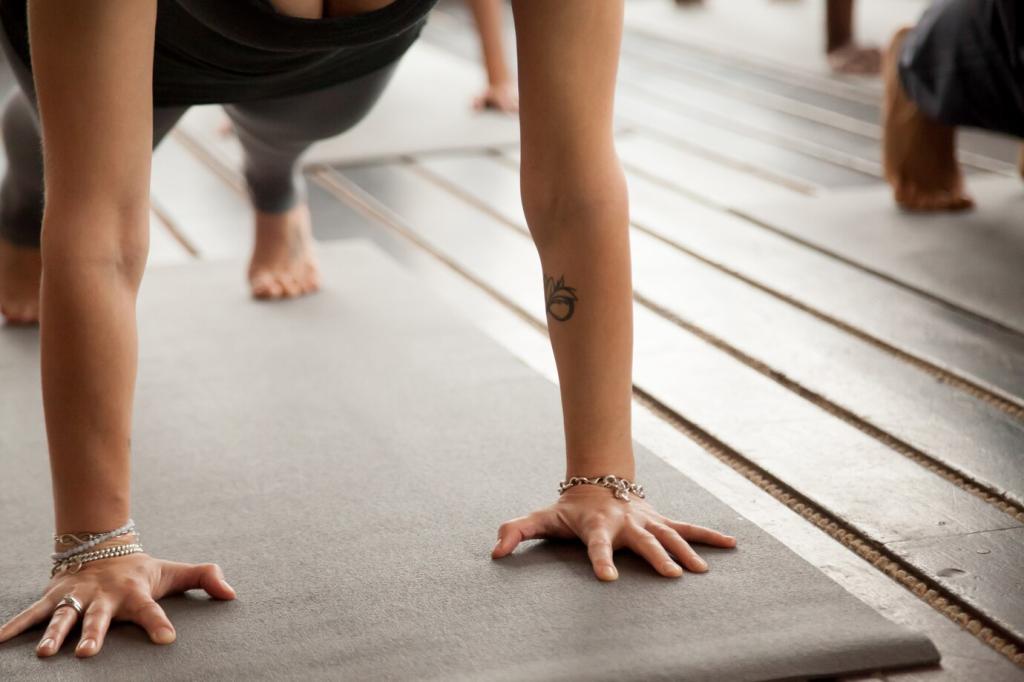

This is the heading
Lorem ipsum dolor sit amet, consectetur adipiscing elit. Ut elit tellus, luctus nec ullamcorper mattis, pulvinar dapibus leo.

This is the heading
Lorem ipsum dolor sit amet, consectetur adipiscing elit. Ut elit tellus, luctus nec ullamcorper mattis, pulvinar dapibus leo.
Body scan and interoception
Slowly sweep attention from toes to crown, labeling sensations as warm, cool, tight, or spacious without judgment. This habit replaces catastrophic stories with direct experience. Over time, uncertainty feels less threatening. Try it before bed and share whether naming sensations changes how quickly you fall asleep.
Yoga nidra for nervous system reset
A guided, resting meditation invites deep relaxation while keeping awareness gently awake. Many find anxiety softens as the body receives permission to let go. Ten to twenty minutes can feel like a nap for the nerves. Subscribe to get a short nidra script and tell us which cues resonate most for you.
Compassion practices for inner critics
Pair breath with phrases like may I feel safe, may I meet this moment kindly. Soothing self-talk counters anxious perfectionism and reduces reactivity. With repetition, your baseline tone grows warmer. Share a compassionate phrase that works for you, so our community can borrow it on difficult days.
Micro-sessions that fit real life
Two minutes of breath, three minutes of gentle movement, one minute of stillness can change the story of a morning. Commit to tiny wins and let momentum grow. Post your favorite six-minute sequence in the comments, and we will compile community-tested routines for busy, anxious days.
Habit anchors that stick
Attach practice to existing habits: after coffee, before lunch, or when you park the car. The cue makes consistency feel inevitable, not forced. Start small and celebrate completion. Tell us your chosen anchor so we can cheer you on and share reminders tailored to your pattern.
Track mood, sleep, and triggers
A simple notebook or app helps link practice to outcomes. Note breath ratio, poses used, hours slept, and anxiety intensity. Over weeks, patterns emerge and hope grows. Subscribe for a printable tracker and share insights you discover, helping others fine-tune their own calming toolkit.
Story: Ten Minutes That Changed an Afternoon
The spiral
Maya felt her chest tighten as emails stacked up and a project slipped. Thoughts scattered, breath snagged, and she nearly canceled her meeting. She messaged our community, asked for a reset, and chose three practices she had already learned here. Comment if this moment feels familiar to your afternoons.
The pivot
She set a timer for ten minutes: box breathing, Child’s Pose with a bolster, then legs up the wall. At minute seven, her shoulders softened and jaw unclenched. The meeting stayed on, and she arrived steady. Share your three-move anxiety kit, so we can feature it in a community calm map.
The reflection
Later, Maya wrote that a tiny, practiced routine changed the whole day. Not perfect, just possible. Anxiety still visited, but she finally had a door to step through. If her story helps, subscribe and send us your own, so we can gather real-world victories that encourage everyone.
Community and Next Steps
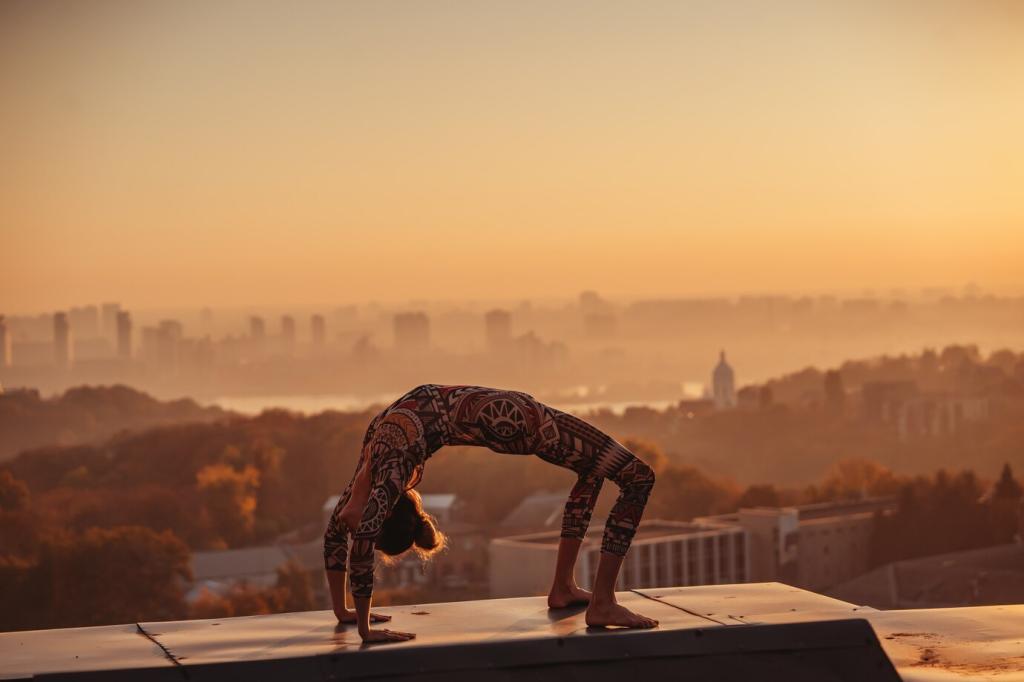
Your three-day calm challenge
Pick one breath ratio, one restful pose, and one mindfulness cue. Repeat daily for three days and log shifts in tension or sleep. Post your reflections to inspire others. We will highlight creative adaptations, proving anxiety reduction grows from consistent, compassionate practice, not heroic willpower.
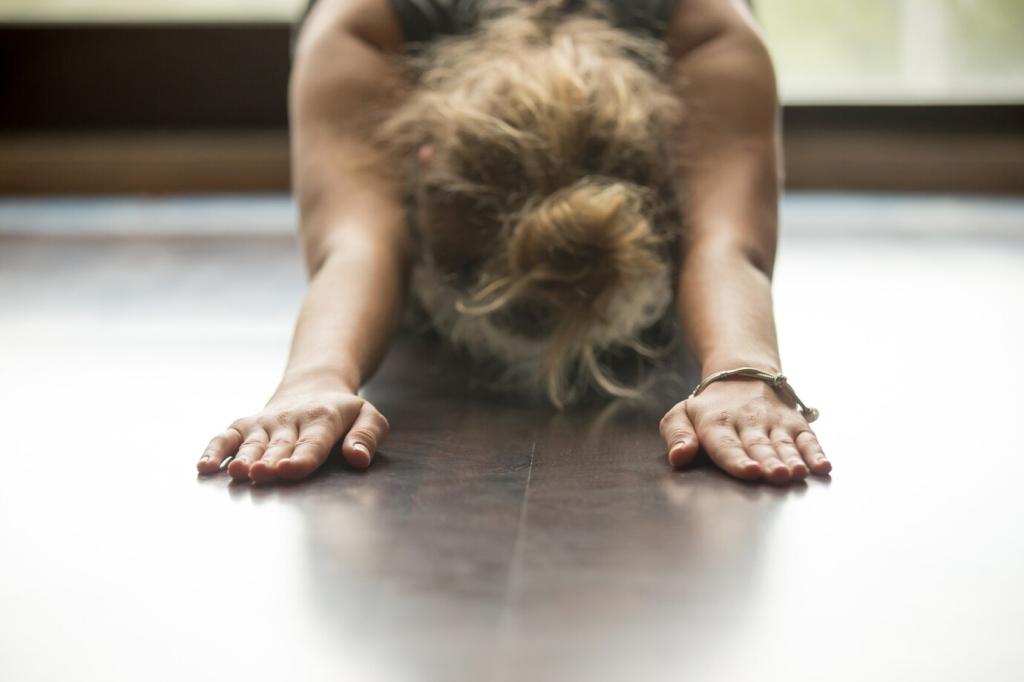
Ask anything about anxious days
What derails your practice most: time, boredom, or doubt? Drop a question and we will tailor brief sequences or mindset tweaks to your reality. Your specific obstacles help shape our guides, keeping every suggestion directly tied to yoga tools that reduce anxiety, not generic advice.
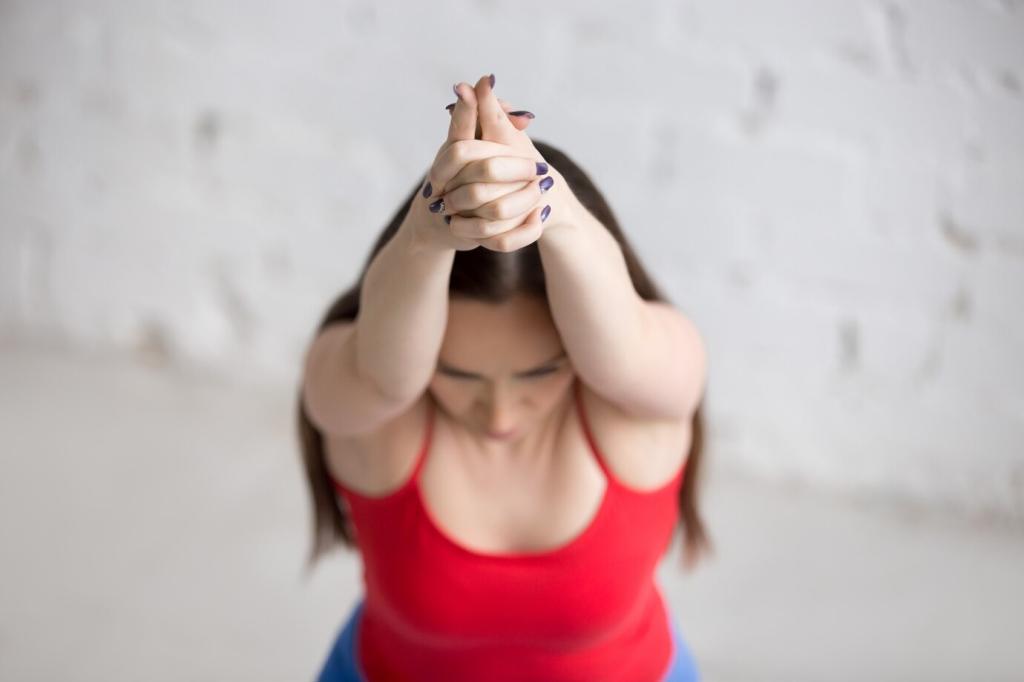
Subscribe for weekly calm kits
Receive curated mini-flows, breath audio, and short reflections grounded in research and everyday experience. We keep it practical, kind, and doable. Subscribe, reply with your top trigger, and we will personalize an upcoming kit so your anxiety reduction plan feels intimately yours.
